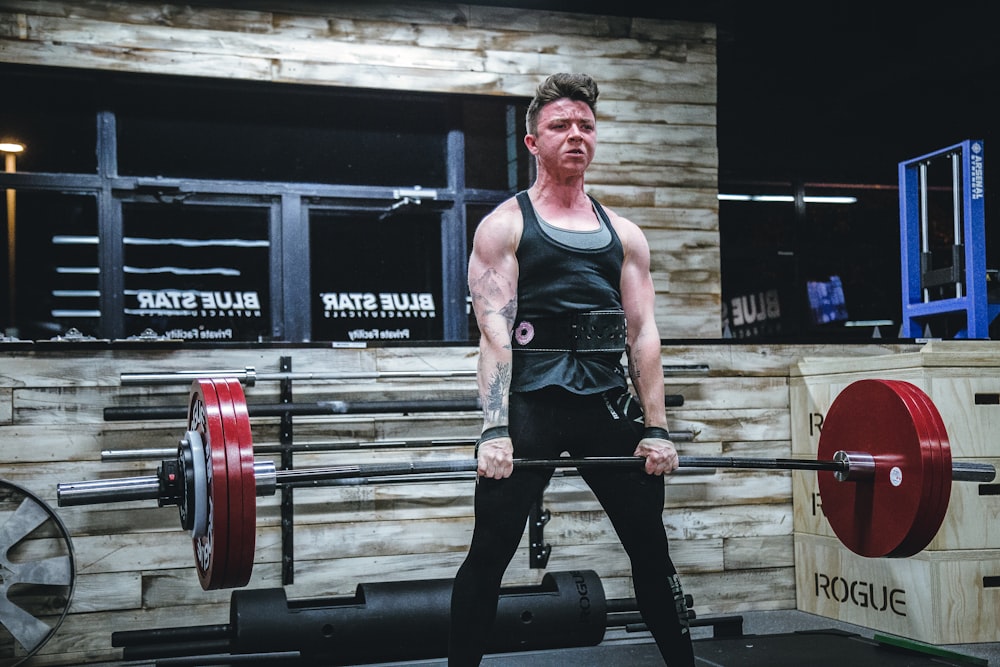
Build Muscle Faster Expert Bodybuilding Workout Tips
Introduction: Building Muscle Faster
For many fitness enthusiasts, the pursuit of muscle growth is a top priority. However, achieving significant muscle gains requires more than just hitting the gym regularly. In this article, we’ll delve into expert bodybuilding workout tips designed to help you build muscle faster and more efficiently.
Understanding Muscle Growth
Before diving into specific workout tips, it’s essential to understand the basics of muscle growth. Muscle hypertrophy occurs when muscle fibers undergo microscopic damage during exercise, prompting the body to repair and rebuild them stronger and larger than before. To stimulate muscle growth effectively, you must incorporate a combination of resistance training, adequate nutrition, and sufficient rest into your routine.
Prioritize Compound Exercises
When it comes to building muscle mass, compound exercises reign supreme. These multi-joint movements engage multiple muscle groups simultaneously, allowing you to lift heavier weights and stimulate greater muscle growth. Incorporate compound exercises such as squats, deadlifts, bench presses, rows, and overhead presses into your workouts to target major muscle groups and maximize muscle gains.
Focus on Progressive Overload
Progressive overload is the cornerstone of muscle growth. To continue making progress in the gym, you must continually challenge your muscles by increasing the resistance, volume, or intensity of your workouts over time. Gradually increase the weight you lift, the number of repetitions you perform, or the frequency of your training sessions to ensure ongoing muscle stimulation and adaptation.
Mind Your Form
Maintaining proper form during exercises is crucial for maximizing muscle growth and minimizing the risk of injury. Focus on executing each movement with strict form, emphasizing controlled, full-range-of-motion repetitions. Avoid using momentum or relying on momentum to lift weights, as this can compromise muscle engagement and increase the risk of injury.
Train with Intensity
Intensity is key when it comes to stimulating muscle growth. Push yourself to train with maximum effort and intensity during each workout, striving to achieve muscle fatigue and failure within the target rep range. Incorporate techniques such as drop sets, supersets, and rest-pause sets to increase training intensity and stimulate greater muscle growth.
Optimize Your Nutrition
Proper nutrition is essential for fueling muscle growth and recovery. Ensure you’re consuming enough calories, particularly from protein, carbohydrates, and healthy fats, to support muscle repair and growth. Aim to eat a balanced diet consisting of whole, nutrient-dense foods, and consider incorporating protein shakes or supplements if needed to meet your protein requirements.
Prioritize Rest and Recovery
Muscle growth occurs during periods of rest and recovery, making adequate rest essential for optimal results. Ensure you’re getting enough sleep each night, aiming for 7-9 hours of quality sleep to support muscle repair and growth. Additionally, incorporate rest days into your workout routine to allow your muscles sufficient time to recover and adapt to training stimuli.
Listen to Your Body
Pay attention to your body’s signals during workouts and adjust your routine accordingly. While it’s essential to train with intensity, it’s equally important to recognize when to back off if you’re feeling fatigued or experiencing pain. Be mindful of overtraining symptoms such as persistent fatigue, decreased performance, or increased risk of injury, and adjust your workouts as needed to prioritize recovery and prevent burnout.
Stay Consistent
Consistency is key when it comes to building muscle. Make exercise a non-negotiable part of your routine, scheduling regular workouts and sticking to them consistently. Consistent, progressive resistance training, combined with proper nutrition and adequate rest, is the formula for building muscle faster and more efficiently.
Conclusion
Building muscle faster requires a combination of smart training strategies, proper nutrition, and adequate rest and recovery. By prioritizing compound exercises, focusing on progressive overload, maintaining proper form, training with intensity, optimizing nutrition, prioritizing rest and recovery, listening to your body, and staying consistent, you can maximize muscle growth and achieve your fitness goals faster than ever before. Embrace the journey, stay committed to your goals, and enjoy the process of building a stronger, more muscular physique. Read more about bodybuilding workout tips












